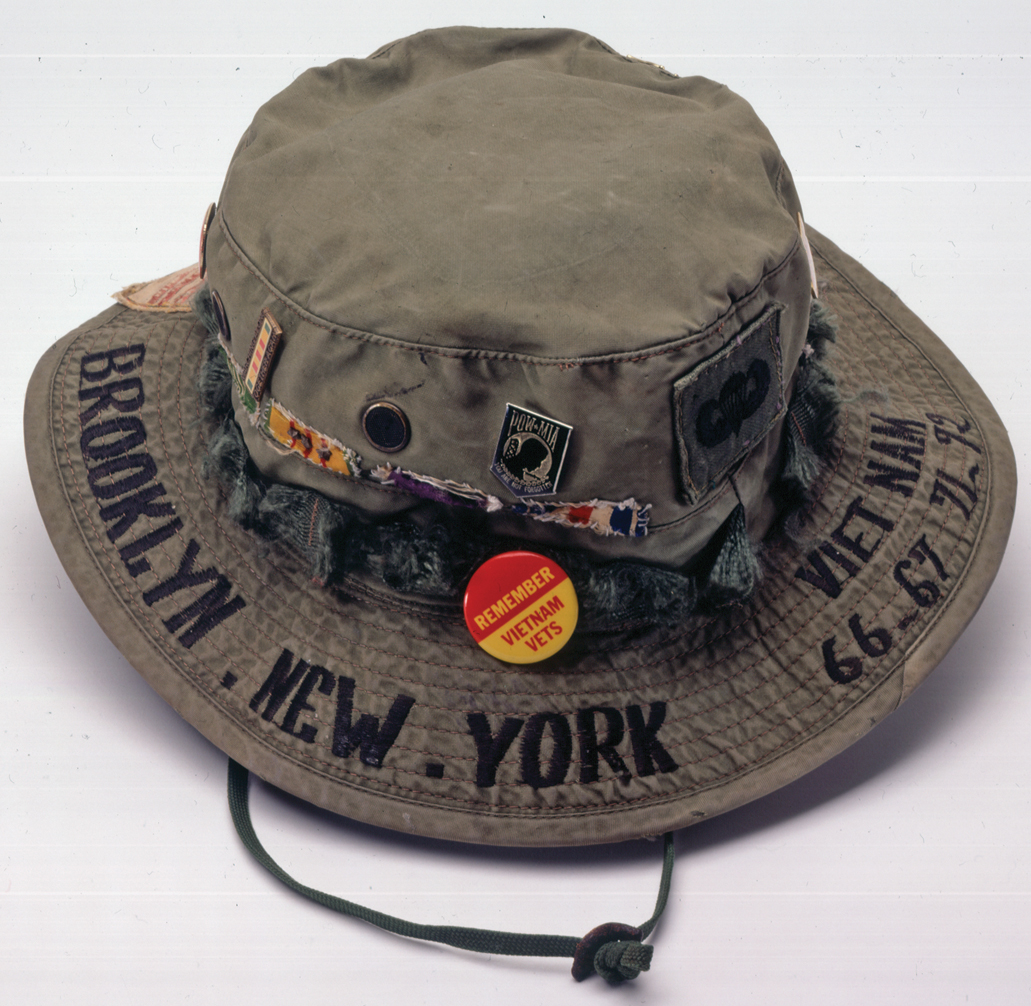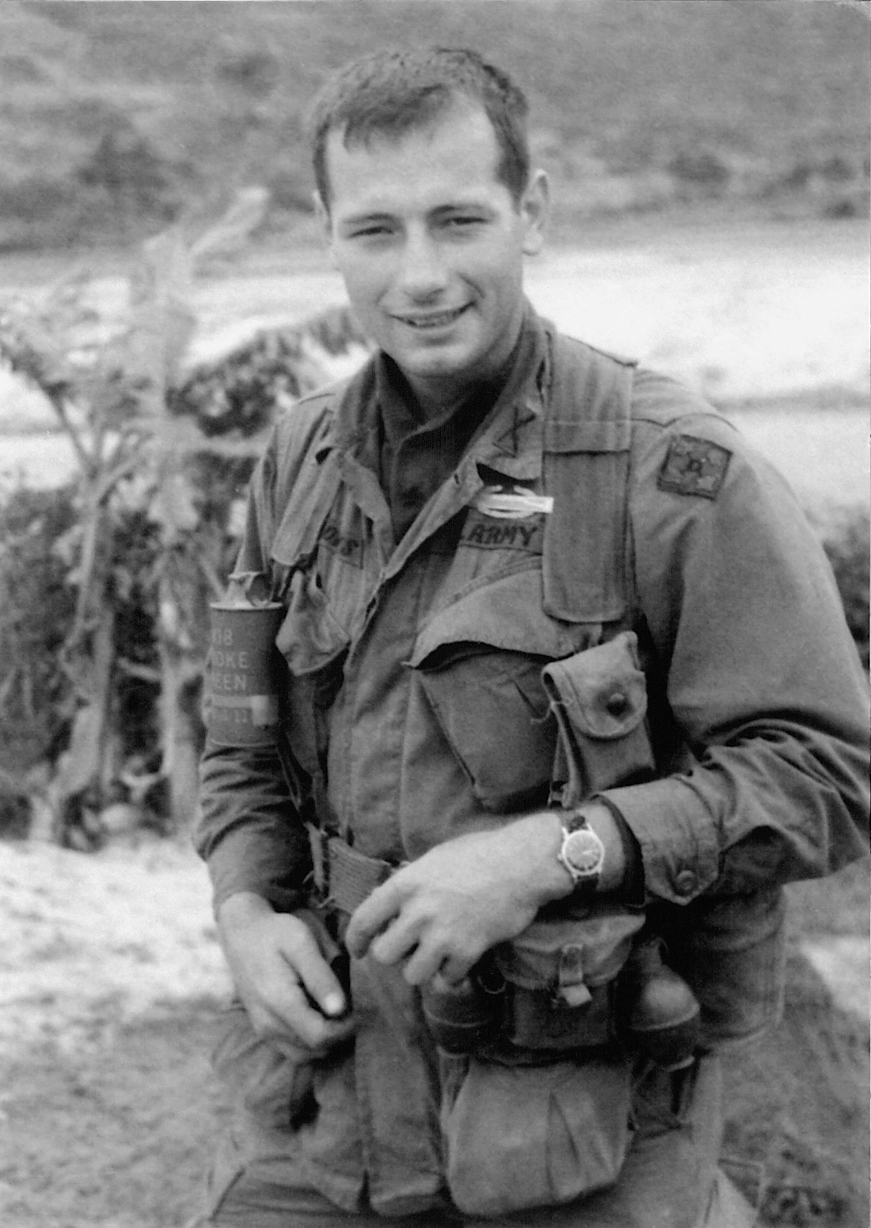Vietnam and the End of the Cold War Consensus, 1961–1975

Printed Page 794 Chapter Chronology
Vietnam and the End of the Cold War Consensus, 1961-1975

QUICK START
Quickly learn what is important in this chapter by doing the following:
- READ the Chapter Outline to see how the chapter is organized.
- SKIM the Chronology to see what will be covered.
When you are ready, download the Guided Reading Exercise, then read the chapter and the Essential Questions for each section and complete the Guided Reading Exercise as you go. Then use LearningCurve and the Chapter Review to check what you know.
Lieutenant Frederick Downs grew up on an Indiana farm and enlisted in the army after three years of college. Leaving a ten-month-old daughter behind, he completed officer training at Fort Benning, Georgia, and arrived in Vietnam in September 1967. The infantry platoon leader and his men went to Vietnam "cocky and sure of our destiny, gung ho, invincible."

That confidence was tempered by the conditions they found in Vietnam. Unlike most of America's previous wars, there was no fixed battlefront; helicopters ferried fighting units all over South Vietnam, as U.S. and South Vietnamese troops attempted to defeat the South Vietnamese insurgents and their North Vietnamese allies. In a civil conflict characterized by guerrilla warfare, Downs and his men struggled to distinguish civilians from combatants and destroyed villages just because they might be used by the enemy. He had faith that his country could win the war, but he found its ally, the South Vietnamese army, to be lazy and ineffective. "Maybe the people in Nam are worth saving, but their army isn't worth shit," he wrote in his memoir. Downs won several medals for bravery, but his one-year stint in Vietnam ended when a land mine blew off his left arm and wedged shrapnel into his legs and back.
Downs served in Vietnam at the height of a U.S. engagement that began with the Cold War commitments made by Presidents Harry S. Truman and Dwight D. Eisenhower. John F. Kennedy wholeheartedly took on those commitments, promising more flexible and vigorous efforts to thwart communism, declaring that the United States would "pay any price, bear any burden, meet any hardship, support any friend, oppose any foe to assure the survival and the success of liberty."
Kennedy sent increasing amounts of American arms and personnel to sustain the South Vietnamese government, and Lyndon B. Johnson dramatically escalated that commitment in 1965, turning a civil war among the Vietnamese into America’s war. At peak strength in 1968, 543,000 U.S. military personnel served in Vietnam; all told, some 2.6 million saw duty there. Yet this massive intervention failed to defeat North Vietnam and created intense discord at home, “poisoning the soul of America,” in Downs’s words. Some Americans supported the government’s goal in Vietnam and decried only its failure to pursue it effectively. Others believed that preserving a non-Communist South Vietnam was neither in the best interests of the United States nor within its capacity or moral right to achieve. Back home in college after months of surgery, Downs encountered a man who asked about the hook descending from his sleeve. When he said that he had lost his arm in Vietnam, the man shot back, “Serves you right.”
This internal conflict was just one of the war’s great costs. Like Downs, more than 150,000 soldiers suffered severe wounds, and more than 58,000 lost their lives. The war derailed domestic reform, depleted the federal budget, disrupted the economy, kindled internal conflict, and led to the violation of protesters’ rights, leaving a lasting mark on the nation.
Even while fighting communism in Vietnam and in other third world countries, American leaders moved to ease Cold War tensions. After a dramatic standoff with the Soviet Union during the Cuban missile crisis, the United States began to cooperate with its Cold War enemy to limit the spread of nuclear weapons. In addition, Nixon made a historic visit to China in 1972, abandoning the policy of isolating China and paving the way for normal diplomatic relations by the end of the 1970s.